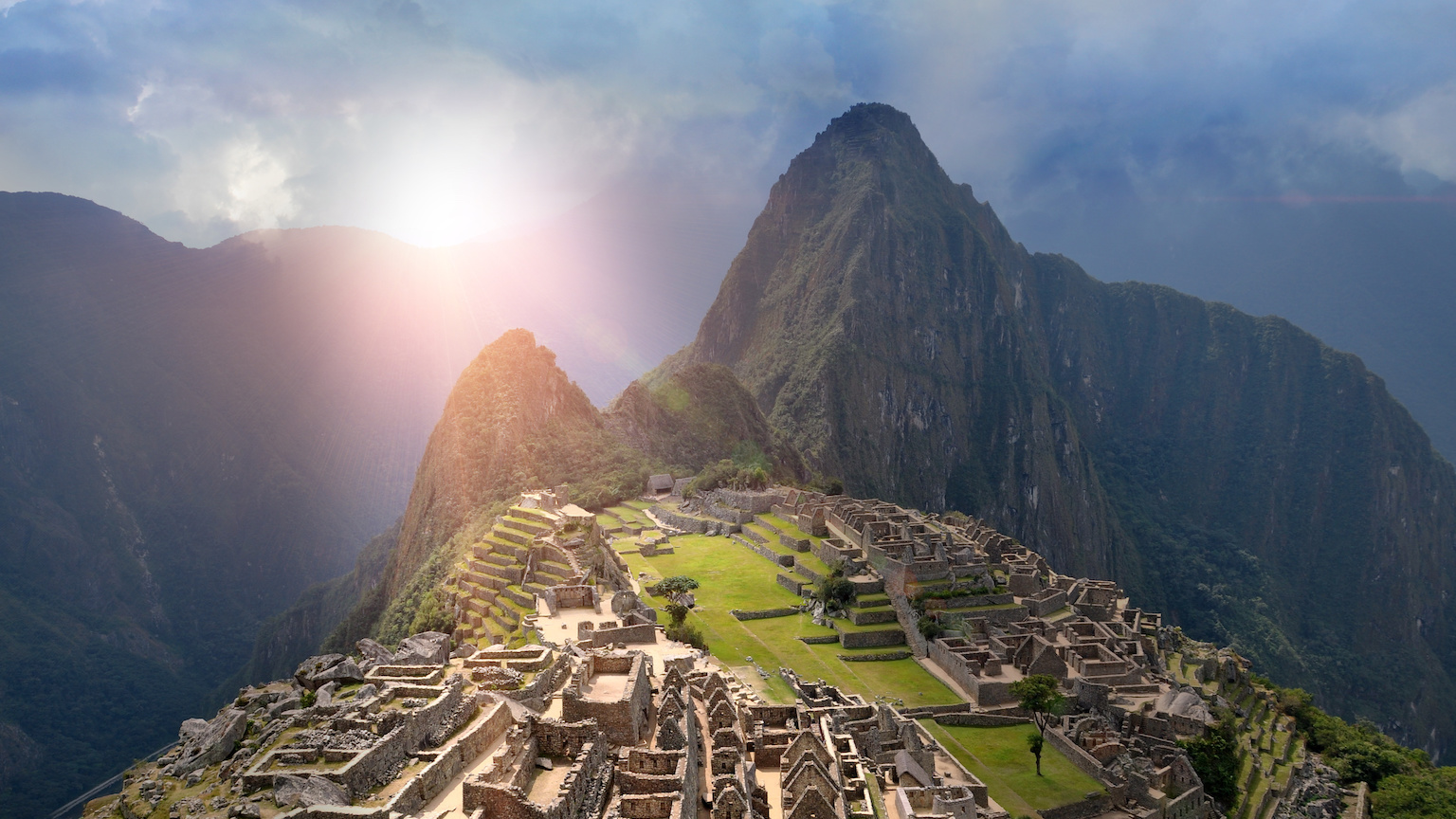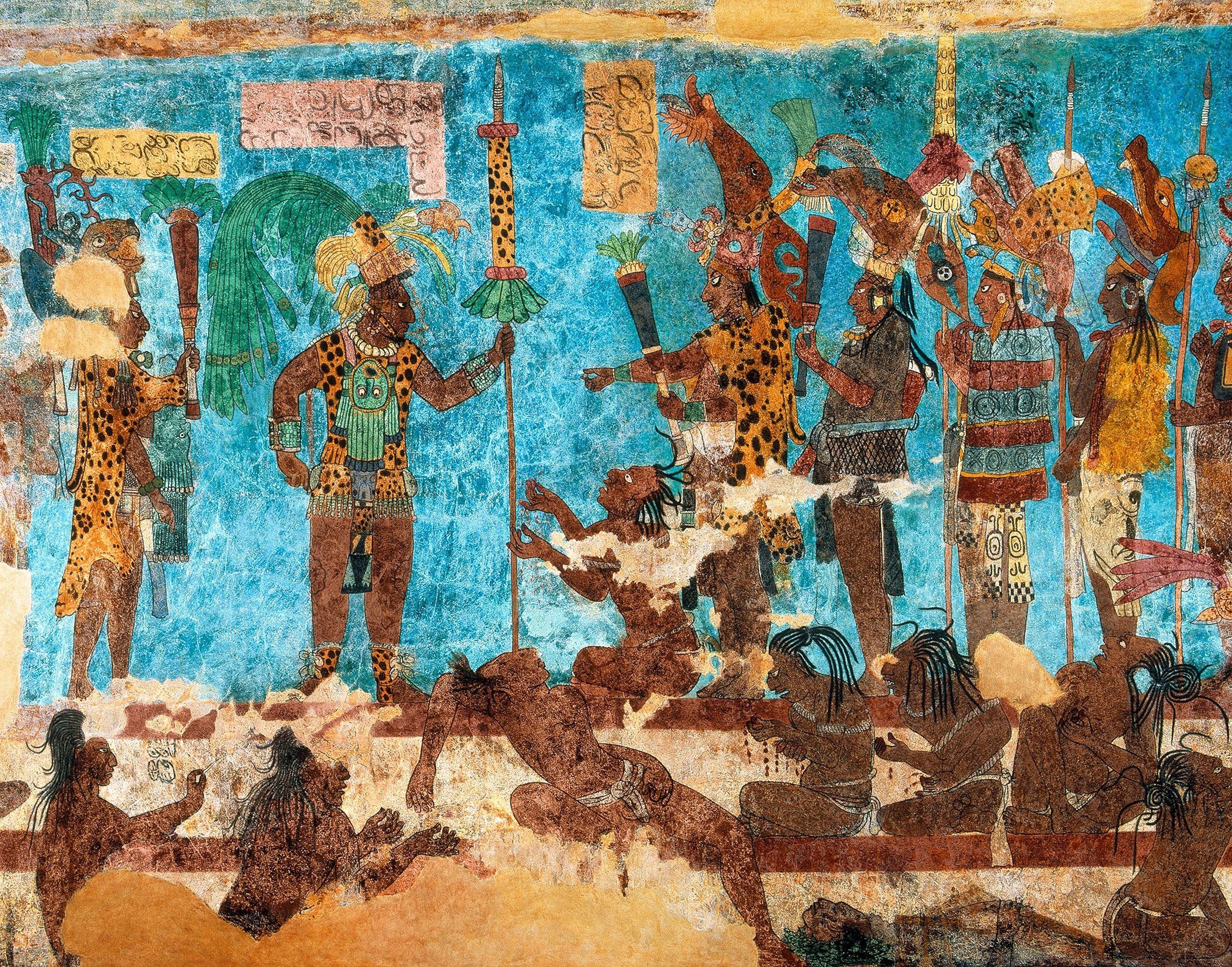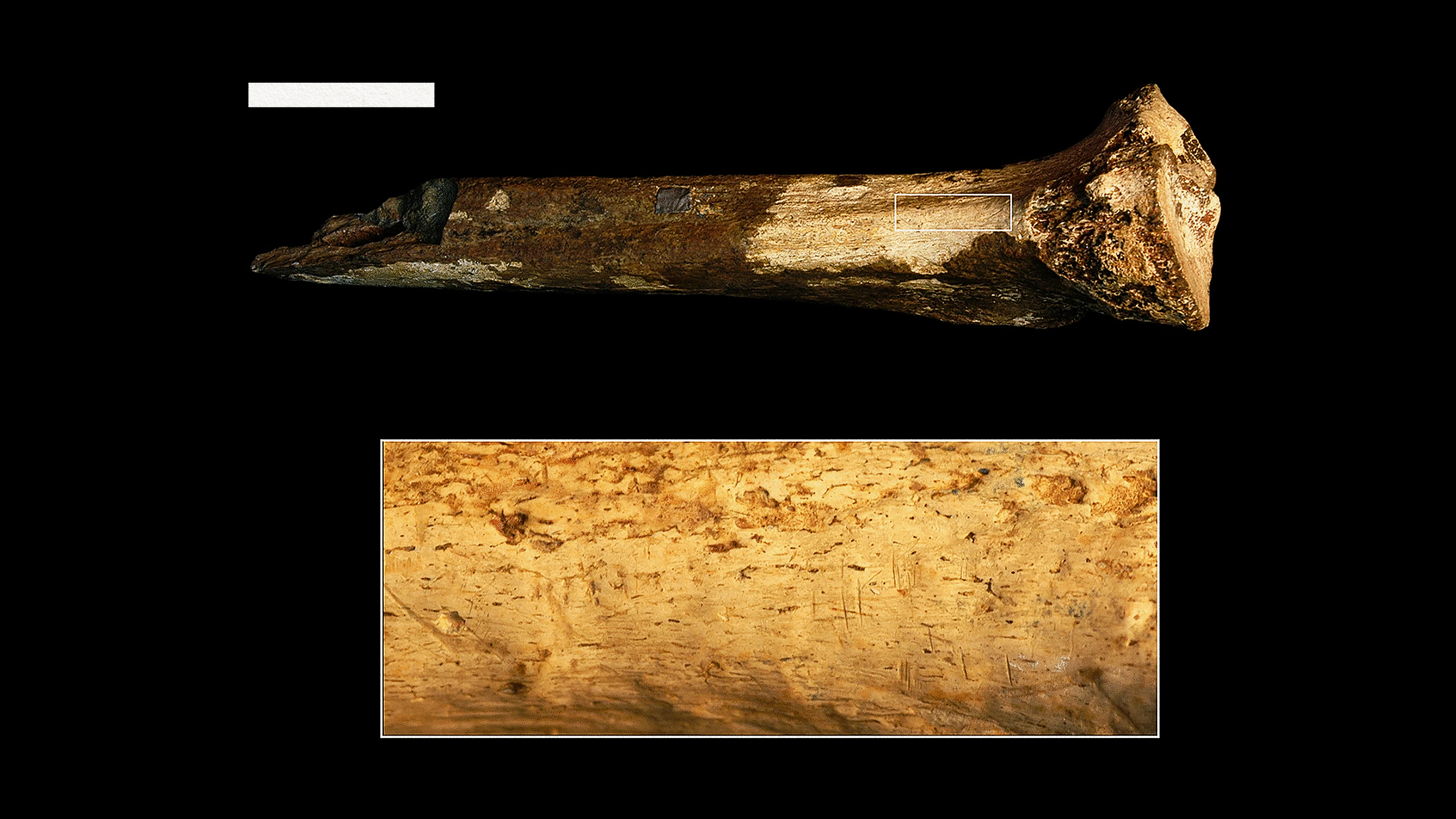The mysterious origins of human sacrifice
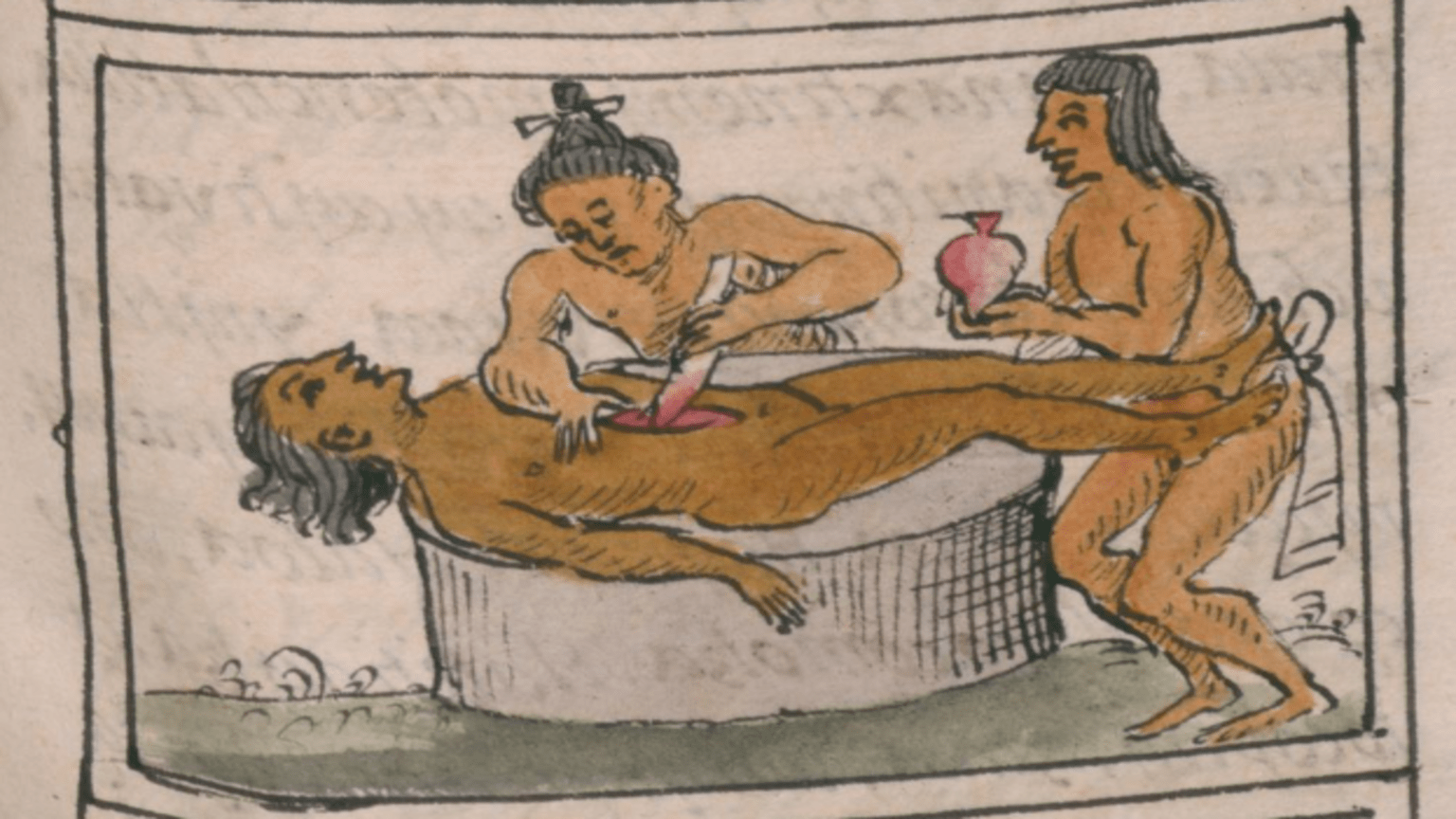
- Human sacrifices were carried out for many reasons, from averting natural disasters to ensuring the posterity of a particular ruler.
- The practice was widely described in antiquity and likely occurred in prehistory as well, though evidence from this period is hard to come by.
- As global attitudes toward the value of the individual evolved, human sacrifice became increasingly rare.
It is for good reason that the practice of human sacrifice is currently most closely associated with the Aztecs of northern Mexico. The age-old ritual, rare in most societies around the world, played an important role in the Mesoamerican culture. Human sacrifices took place on numerous occasions, from holidays to wars, and they were even used to mark the completion of architectural projects, like the Great Pyramid of Tenochtitlan, which could have led to the deaths of as many as 80,400 people, according to the American anthropologist Ross Hassig.
Human sacrifice among the Aztecs was described in gruesome detail by the Spanish conquistadores. Their descriptions match the equally gruesome depictions found in many pre-Columbian codices. One of these, the Codex Magliabechiano, shows a priest restraining a sacrifice victim as another uses a sharp object to cut out their heart. Blood trickles down the bottom of the pyramid where a previous victim, their chest open and face grimacing, is being dragged away. Spectators watch as the heart, freshly removed from its corporeal prison, floats up toward the sky. Eyewitness accounts have kept the memory of these gruesome rituals alive and well.
However, the concept of human sacrifice was by no means invented by the Aztecs, nor were they, as previously suggested, the only culture around the world that engaged in this practice.
Human sacrifice is believed to date back to the Bronze Age and probably much further. Its traces have been discovered in the archeological records of various cultures, from Paleolithic Europeans to the ancient settlers of China. These societies engaged in human sacrifice for a number of reasons, some comparable to the Aztecs and others completely unique.
Rationales for human sacrifice
The history of human sacrifice is closely connected to the history of religion and superstition. “Prehistoric religion,” writes John Skinner, “originated as a magical sacrament intended to deny the reality of death.” In his text, Ritual Matricide: A Study of the Origins of Sacrifice, Skinner discusses how our fear and curiosity about death manifested itself in ancient rituals like the consumption of human brains and human sacrifice in general. His focus was on Paleolithic societies, which lacked the kind of social, political, and economic complexity that shaped the rituals of the Aztecs.
Religiously motivated sacrifices could take many forms. In China, Mongolia, Egypt, and Mesoamerica, important individuals were sometimes buried alongside their servants and/or concubines. Given that the bodies of these retainers rarely show signs of trauma or disease, archeologists speculate that they were interred alongside their masters in a practice that is now referred to as the “retainer sacrifice.” Such rituals ensured that people would remain cared for in the afterlife. The practice, once one of the most common forms of human sacrifice, disappeared around 2,800 BC.
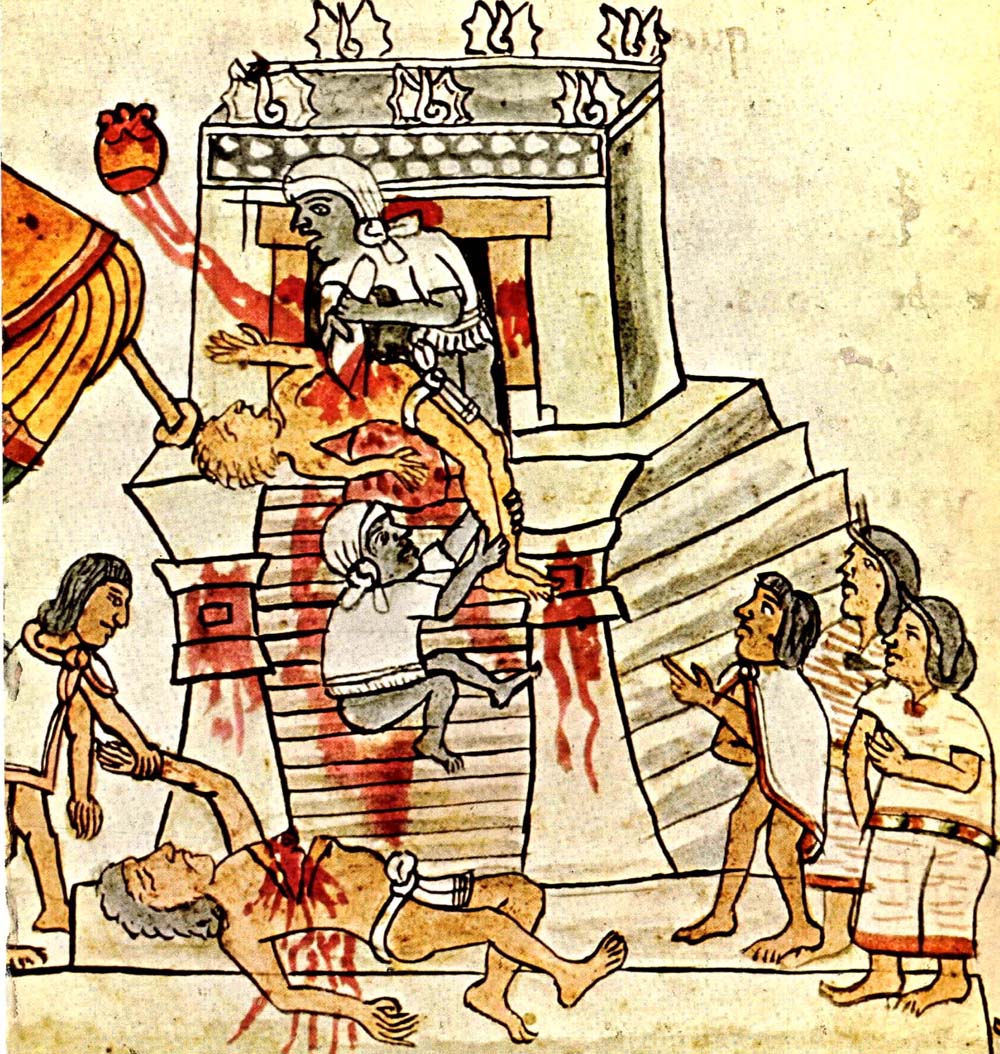
One goal of human sacrifices was to appease the gods by offering something of great value. During capacocha rituals, the Incas of pre-Columbian Peru drugged and killed virgin women and children —whom they considered pure or innocent — to prevent natural disasters. The Aztecs referred to sacrifices as debt-payment. “Life is because of the gods,” their priests are thought to have told Spanish observers in defense of the ritual, “with their sacrifice, they gave us life…they produce our sustenance…which nourishes life.”
Ultimately, human sacrifice was about protecting the majority at the expense of a minority. Human sacrifices were not only conducted to ward off earthquakes and diseases, but also to win or avoid wars. They were used to bless the reign of particular rulers as well as the symbols of their rule. The Great Pyramid of Tenochtitlan, initially constructed during the reign of Itzcoatl, is one example of this. Similarly, ballads and legends speak of Japanese and Balkan communities burying people alive inside buildings to protect them from future destruction — a practice hinted at by archeological discoveries.
The shaky origins of sacrificing humans
While history knows no shortage of societies that practiced human sacrifice, experts have yet to agree on where and when it first originated. Because the practice was widely described in antiquity, it’s safe to say that human sacrifice also occurred during prehistory. Unfortunately, the lack of written or verbal records prevent us from reconstructing prehistoric life with any degree of accuracy. Consequently, our understanding of the origins of human sacrifice is largely based on archeological evidence, which seldom points toward a definitive conclusion.
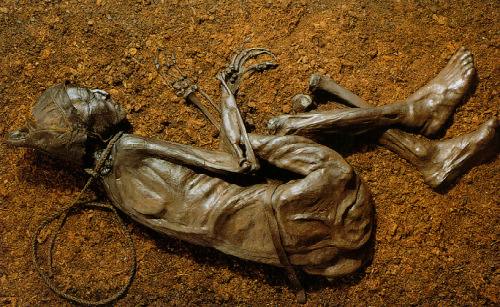
Over the years, several researchers declared they may have found evidence for human sacrifice dating to the Iron or Bronze Age. In one article, paleoanthropologist Jan Jelínek surveys excavation sites in Czechoslovakia from these periods. The highly diverse treatment of human remains there, says Jelínek, suggests they “do not represent normal burials but traces of complex events linked with human sacrifice.” Human skeletons found in a cave point to retainer sacrifices, while a skull lodged in the foundations of a nearby house hints at practices not unlike those described by Balkan and Japanese literature.
Some propose that human sacrifice is more likely to have occurred among societies that practiced forms of slavery, as these societies held specific beliefs about the value of individual life. Following this train of thought, evidence of prehistoric slavery could point toward prehistoric human sacrifice, though one does not confirm the presence of the other. Interestingly, research from the British archeologist Miranda Green has come to the conclusion that, in spite or perhaps because of the lack of convincing evidence, human sacrifice in Iron Age Europe “appears to have been both rare and special.”
The disappearance of sacrifices
In classical antiquity, human sacrifice was already considered a thing of the past by many world cultures. When Rome was still a kingdom, citizens were at times sacrificed to appease the gods. According to historian Pliny the Elder, however, human sacrifices virtually disappeared during the republic and were abolished completely by senatorial decree in 97 BC. The killing of living, breathing humans — a practice by then associated with Barbarian tribes and looked down upon by Roman commentators — was replaced by the slaughter of animals and the burning of effigies.
Part of the history of human sacrifice may be filled in by religious texts. For example, the Binding of Isaac, a story from the Book of Genesis, describes how Abraham — the patriarch of Judaism, Christianity, and Islam who is believed to have lived sometime between 2,150 and 1,975 BC — attempted to sacrifice his only son Isaac at the bequest of the Hebrew god Yahweh. But before Abraham is able to complete the ritual, he is stopped by an angel. Having already proven the extent of his devotion, Abraham is allowed to sacrifice a ram in his son’s stead.
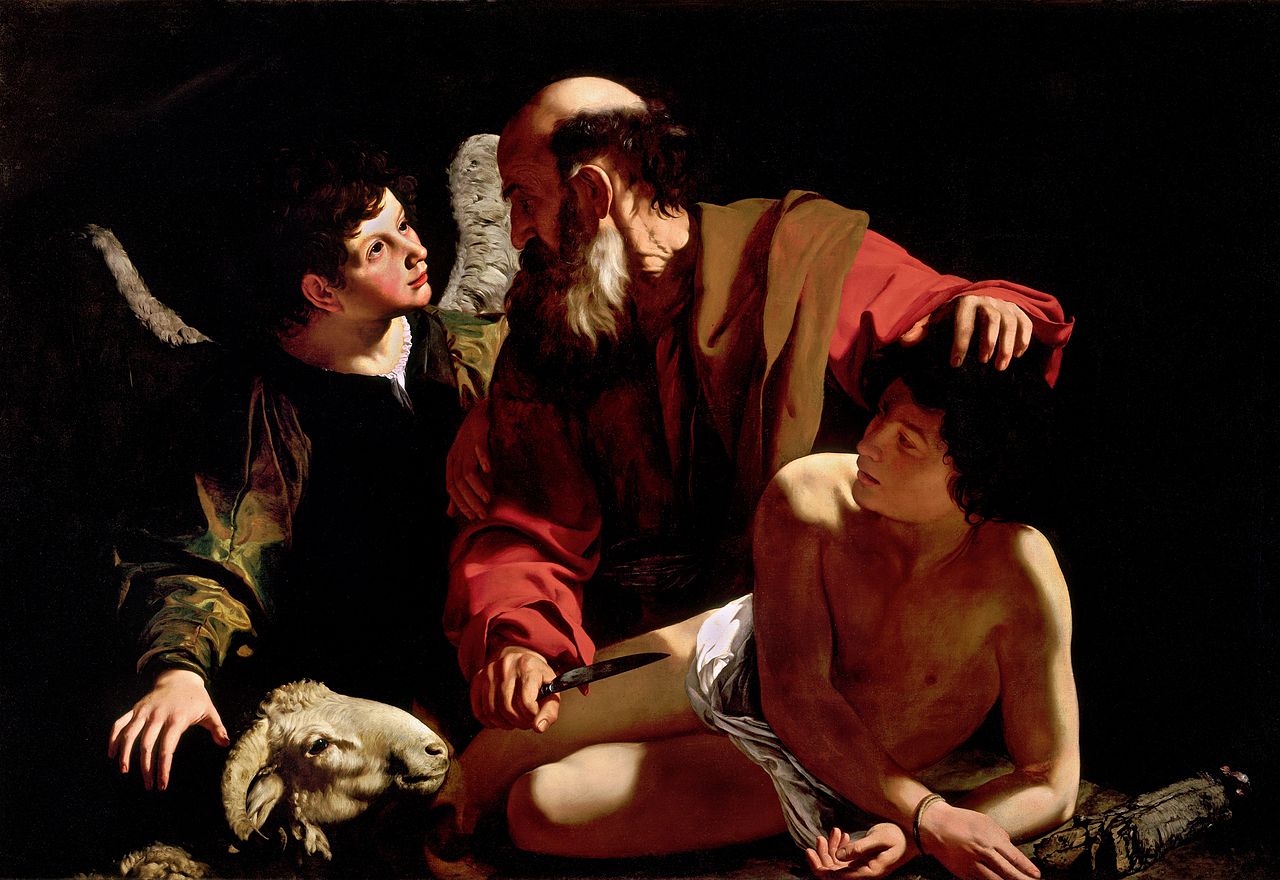
The Binding of Isaac is not only a story but also a form of religious instruction that has had a tangible effect on the internal organization of three major religions. According to Yoseph Milman, professor emeritus at the Department of Hebrew and Comparative Literature at the University of Haifa in Israel, the narrative serves as an “etiological myth” that explains the origin or, in this case, the disappearance of a particular phenomenon. The story, Milman writes, gives a reason for the “transition from human sacrifice to animal sacrifice and the ultimate sanctity of human life.”
From a contemporary perspective, human sacrifice seems like an exceptionally cruel and misguided enterprise. However, there is reason to believe that we would not be where we are today without this — for lack of a better word — primitive ritual. Data-driven historical studies, for one, suggest human sacrifices helped communities take on more complex forms. Perhaps this is because the ritual helped people stick together in service of a greater good. After all, the victims of human sacrifice did not die in vain, but were killed for the benefit of the living.

